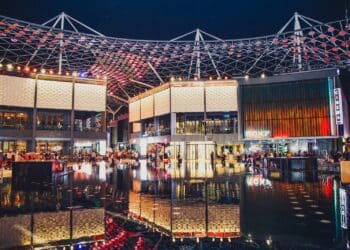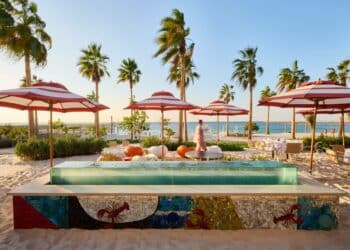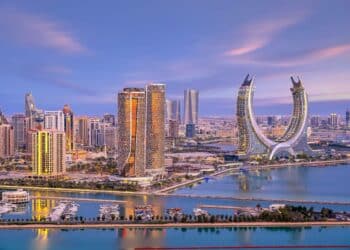According to the latest report from STR Global on the Middle East and Africa, hotels in the Middle East reported negative results for the month of February, while hotels in Africa reported mostly positive results for the three key performance metrics when reported in U.S. dollars. 
Compared with February 2015, the Middle East subcontinent reported a 5.3% decrease in occupancy to 70.2%. Average daily rate for the month was down 10.5% to $182.45. Revenue per available room dropped 15.2% to $128.12.
The Northern Africa and Southern Africa subcontinents experienced a 2.5% decrease in occupancy to 56.1%. However, average daily rates were up 8.1% to $105.16, and RevPAR increased 5.5% to US$58.95.
Performance of featured countries for February 2016 (local currency, year-over-year comparisons):
Egypt reported decreases in occupancy (-8.6% to 43.1%) and RevPAR (-3.2% to EGP263.16) but a rise in ADR (+5.9% to EGP610.85). With the country’s occupancy falling as a result of political and economic unrest, hoteliers have raised rates to maximise RevPAR. Egypt saw RevPAR grow 23.5% in 2015, creating a high base for comparison. However, since the controversial plane crash in the Sinai Peninsula, demand has pointed downward.
Jordan saw healthy growth in occupancy (+17.0% to 46.3%) and RevPAR (+8.2% to JOD43.81). ADR was down 7.5% to JOD94.70. STR analysts believe that cheaper rates are positively affecting demand in Jordan, which increased 17.0% in February to significantly outpace flat supply performance.
Qatar saw decreases across the three key performance metrics: occupancy (-16.4% to 65.3%), ADR (-9.5% to QAR493.92) and RevPAR (-24.4% to QAR322.72). The country’s hotel performance has fluctuated due to supply growth at 4.7% for total-year 2015 and 6.8% for year-to-date 2016. STR analysts also cite a slowing in international arrivals due to a drop in oil prices and an increase in security concerns.
Performance of featured markets for February 2016 (local currency, year-over-year comparisons):
Beirut, Lebanon, reported a 1.9% decrease in occupancy to 48.4%, an 8.9% drop in ADR to LBP203,858.09 and a 10.6% decline in RevPAR to LBP98,605.75. According to STR analysts, “Beirut hotels have struggled since September due to political unrest in the country and rising supply in the market.”
Dubai, United Arab Emirates, saw a 3.5% decrease in occupancy to 82.5% as well as double-digit drops in ADR (-11.6% to AED833.78) and RevPAR (-14.7% to AED687.63). With significant supply growth outpacing demand, occupancy and ADR levels in Dubai have each been affected.
Johannesburg, South Africa, posted increases across the three key performance metrics: occupancy (+5.1% to 63.1%), ADR (+7.9% to ZAR914.28) and RevPAR (+13.4% to ZAR576.58). Johannesburg has seen positive annual RevPAR performance since 2012, and with 2016 year-to-date demand growth (+8.6%) significantly outpacing supply (-0.9%), February numbers followed that trend. STR analysts point to an increase in international tourist arrivals as a main driver of demand.


































































